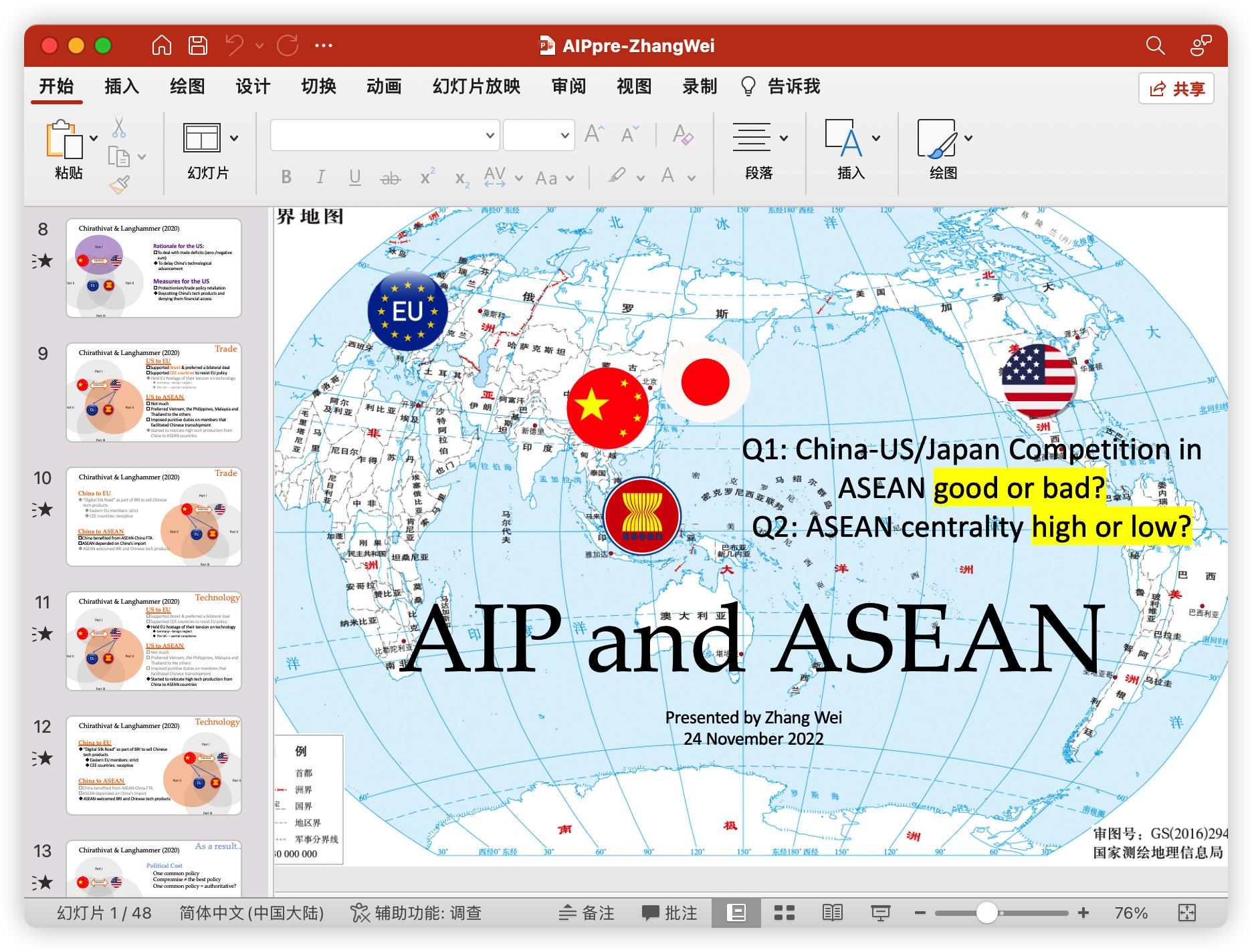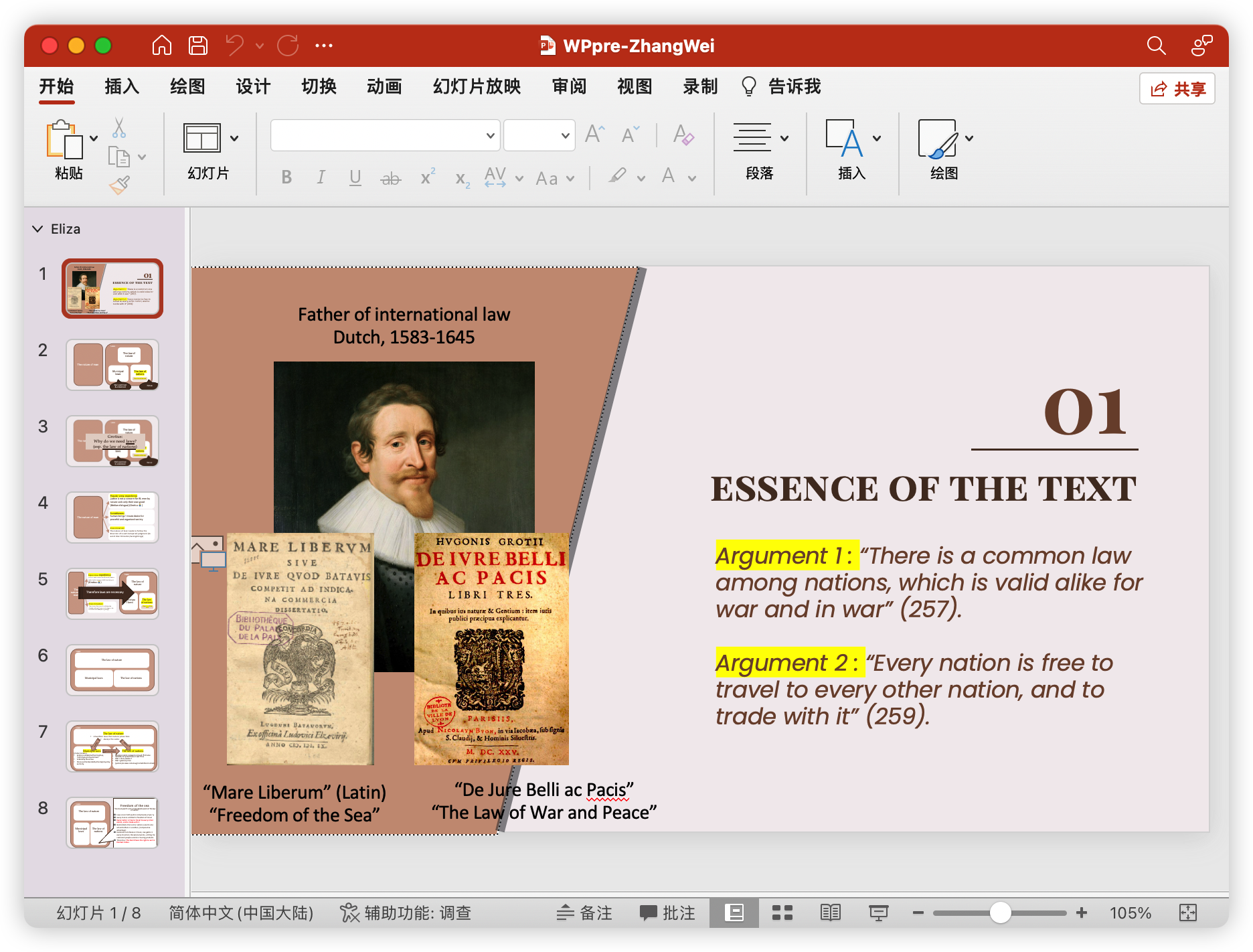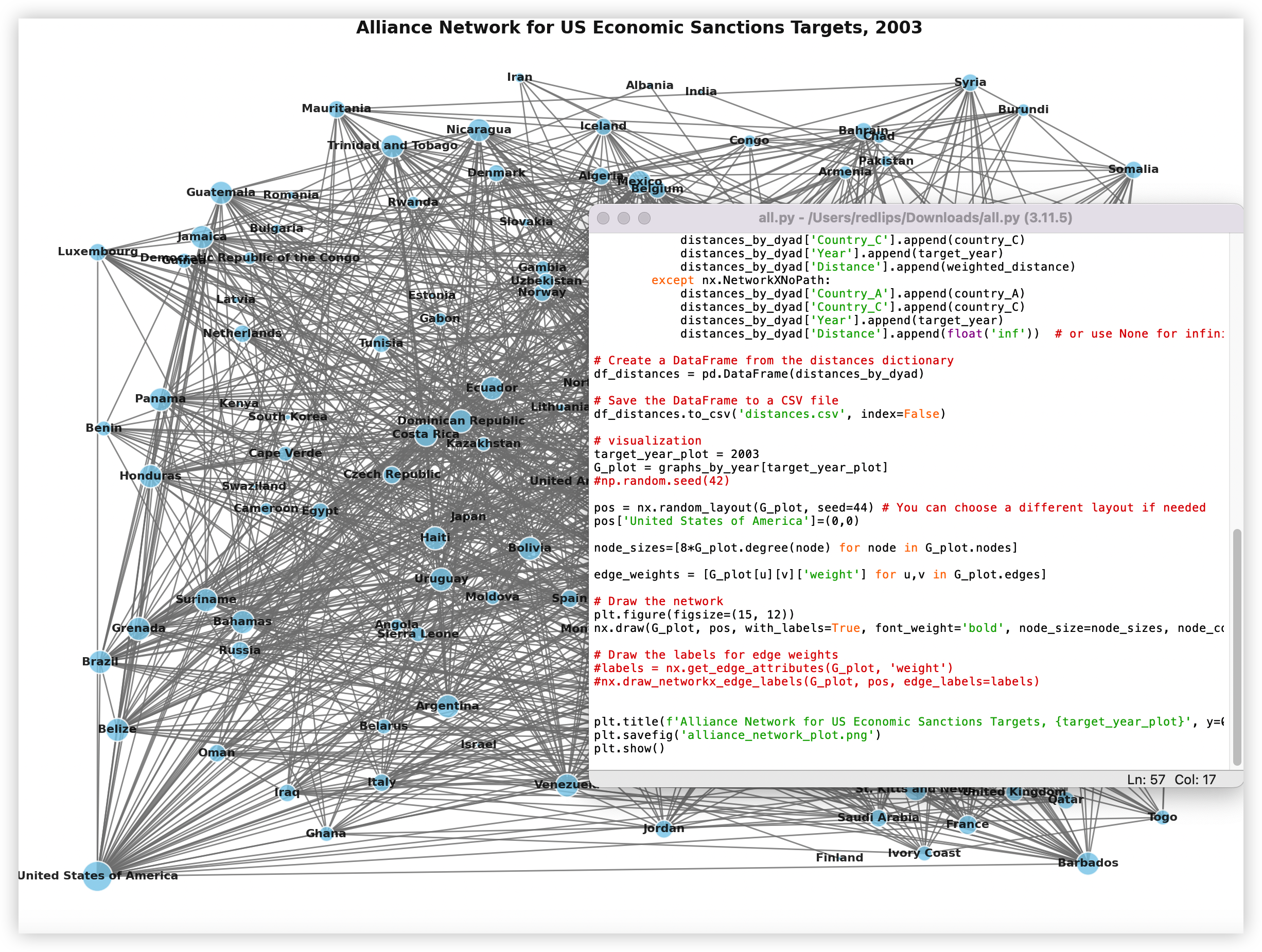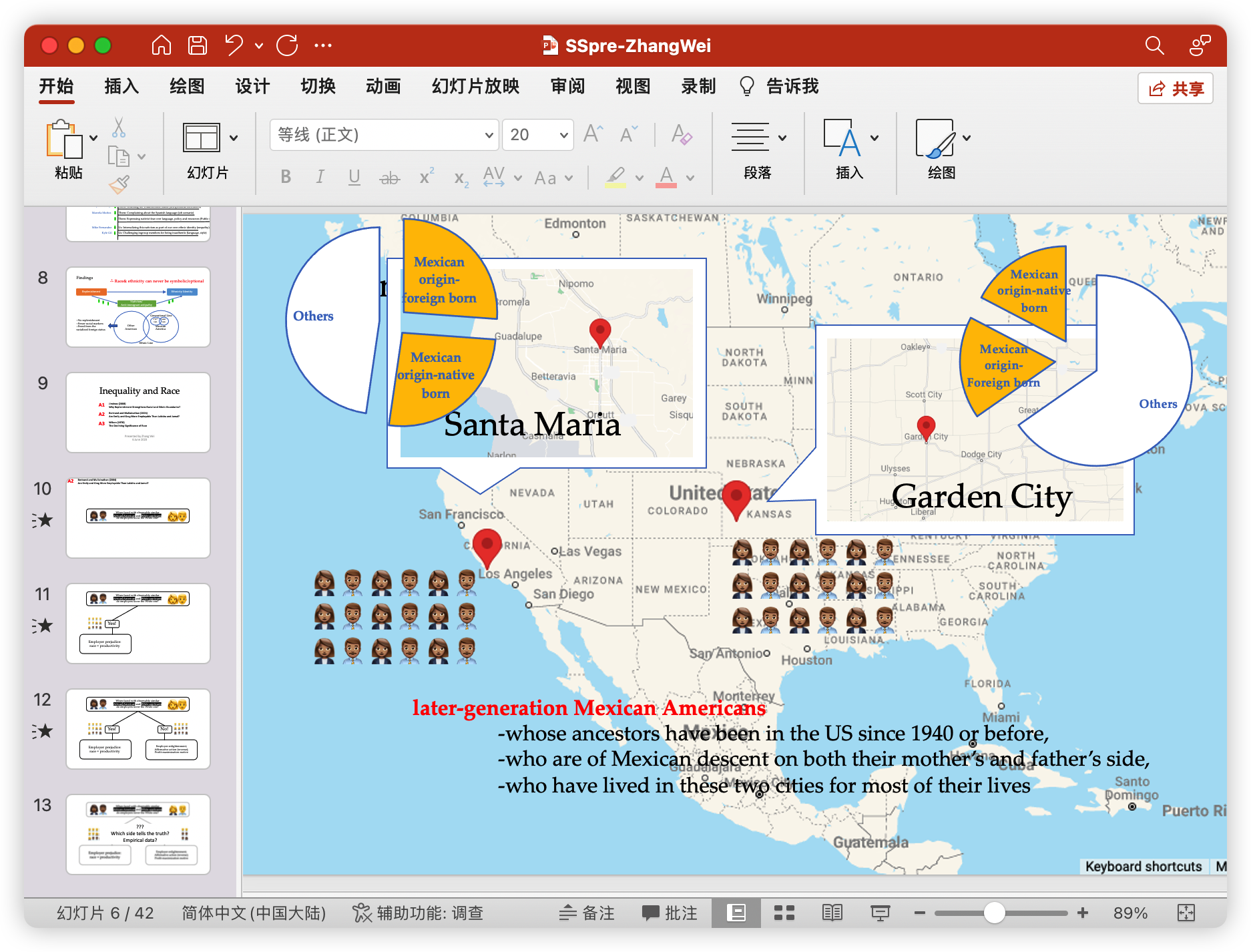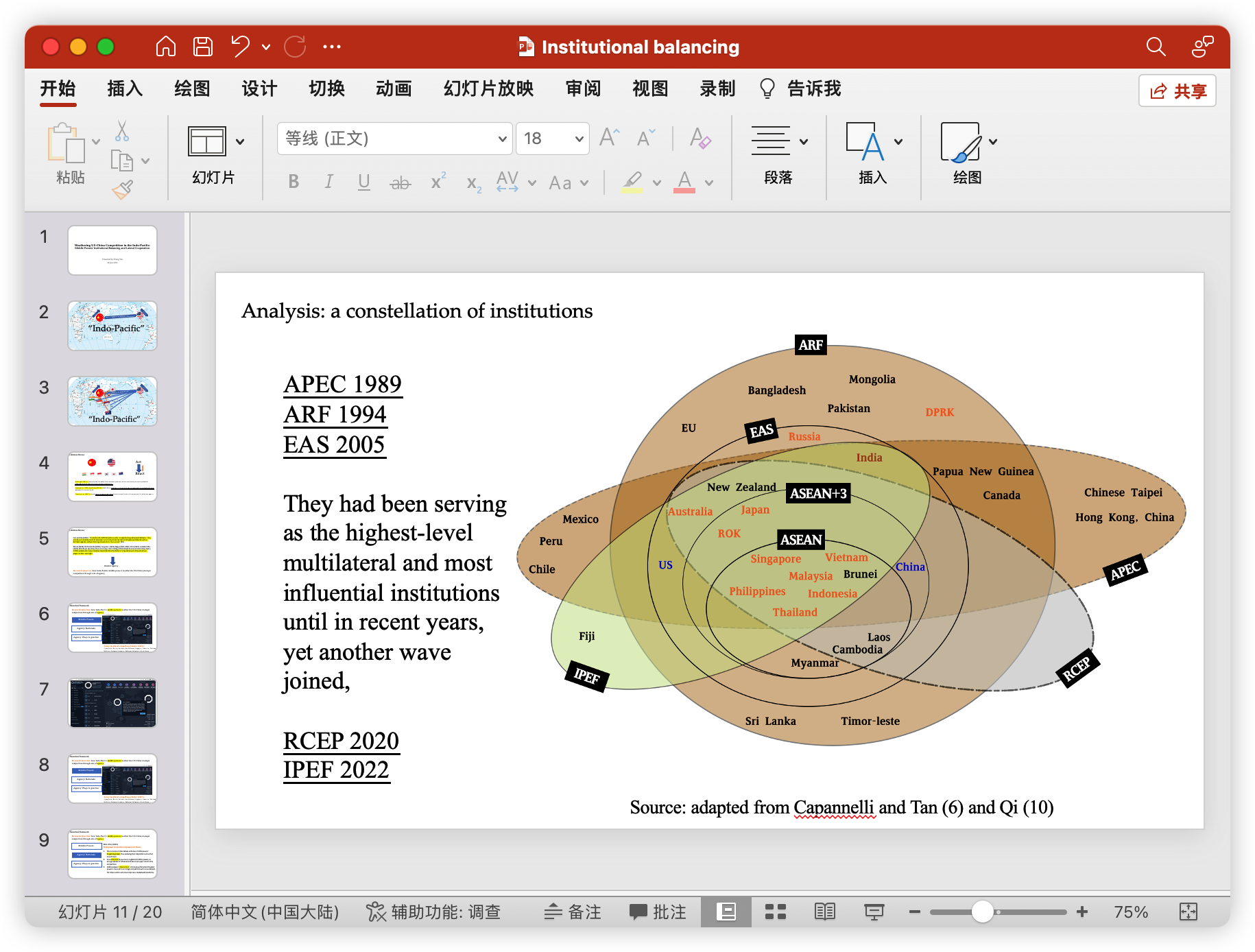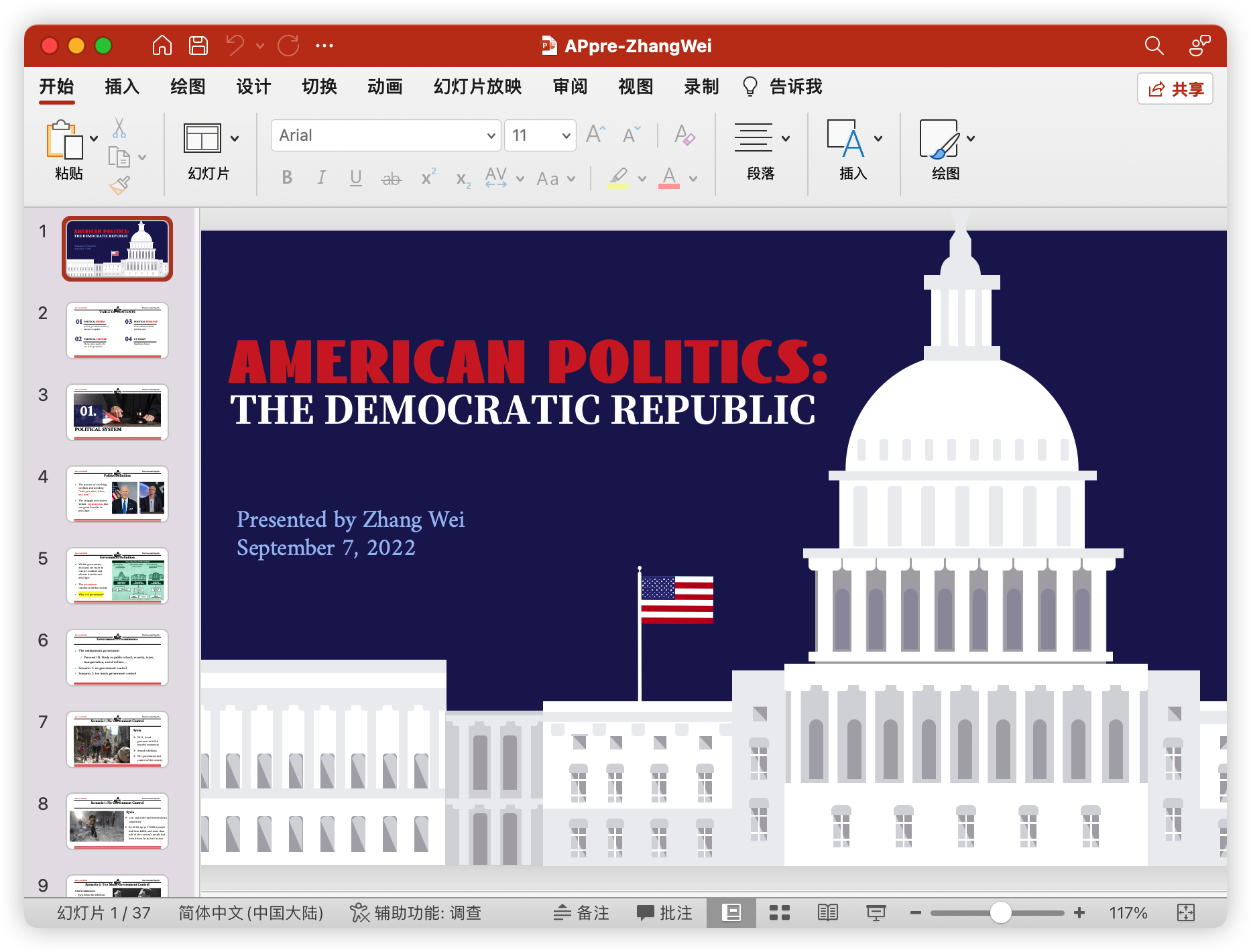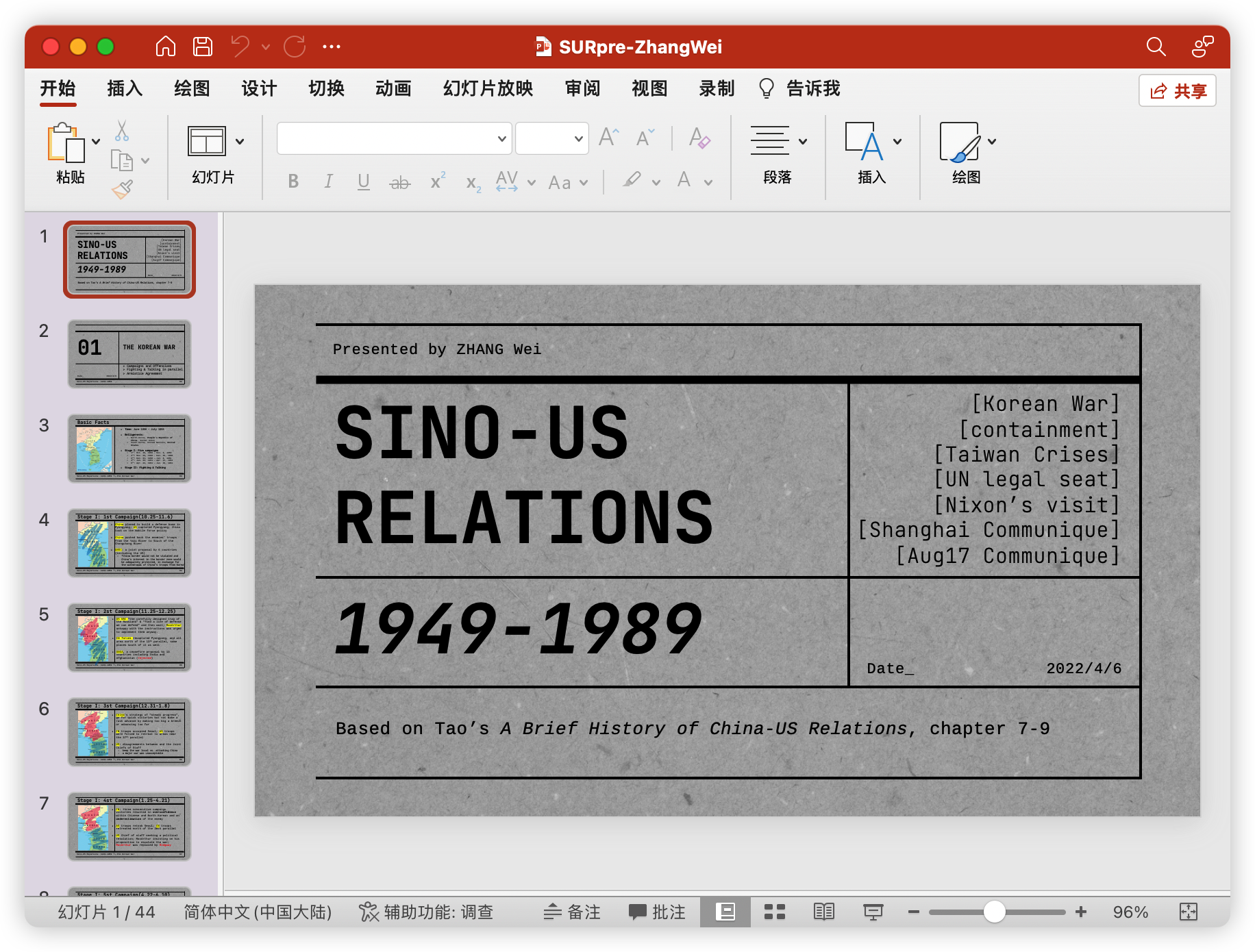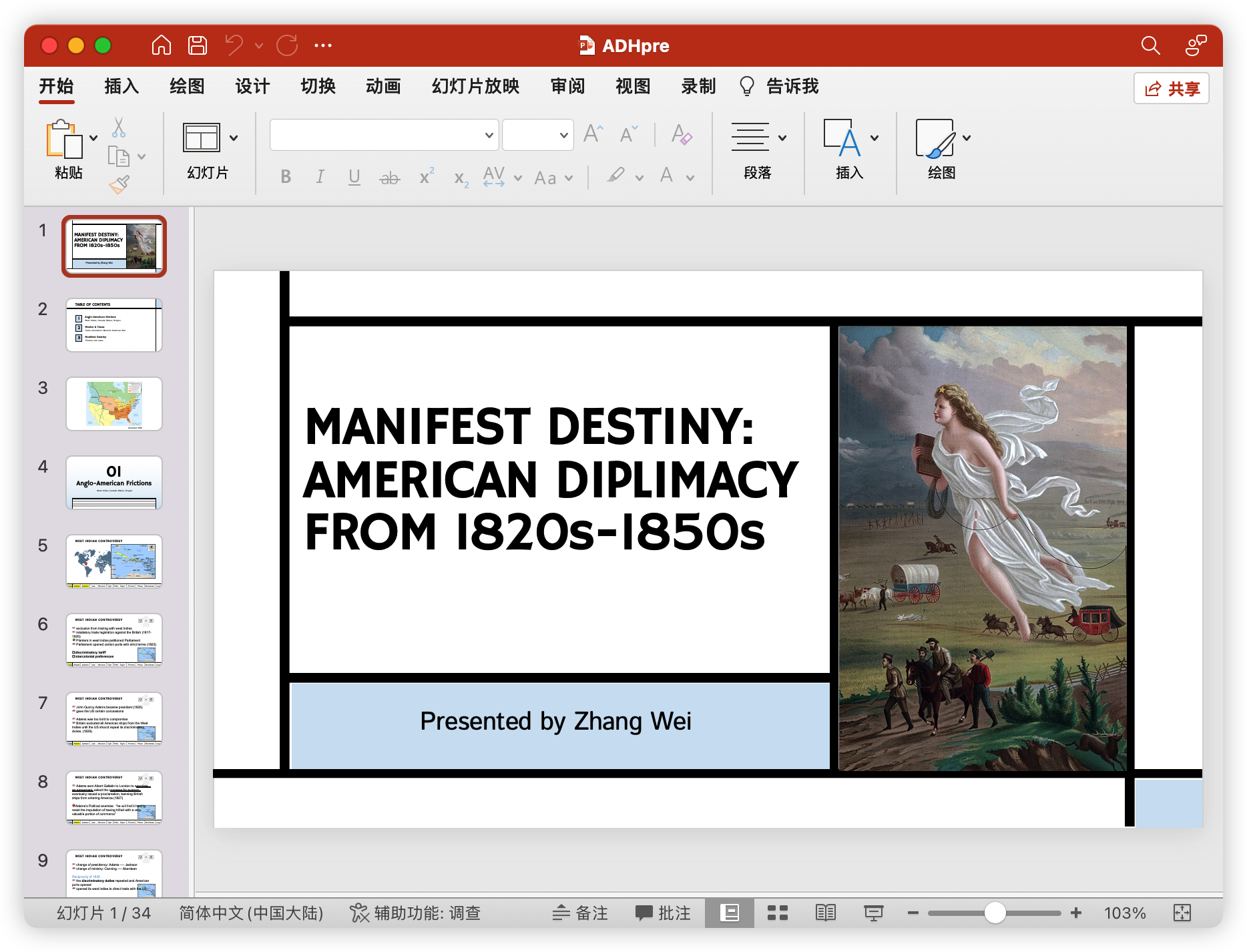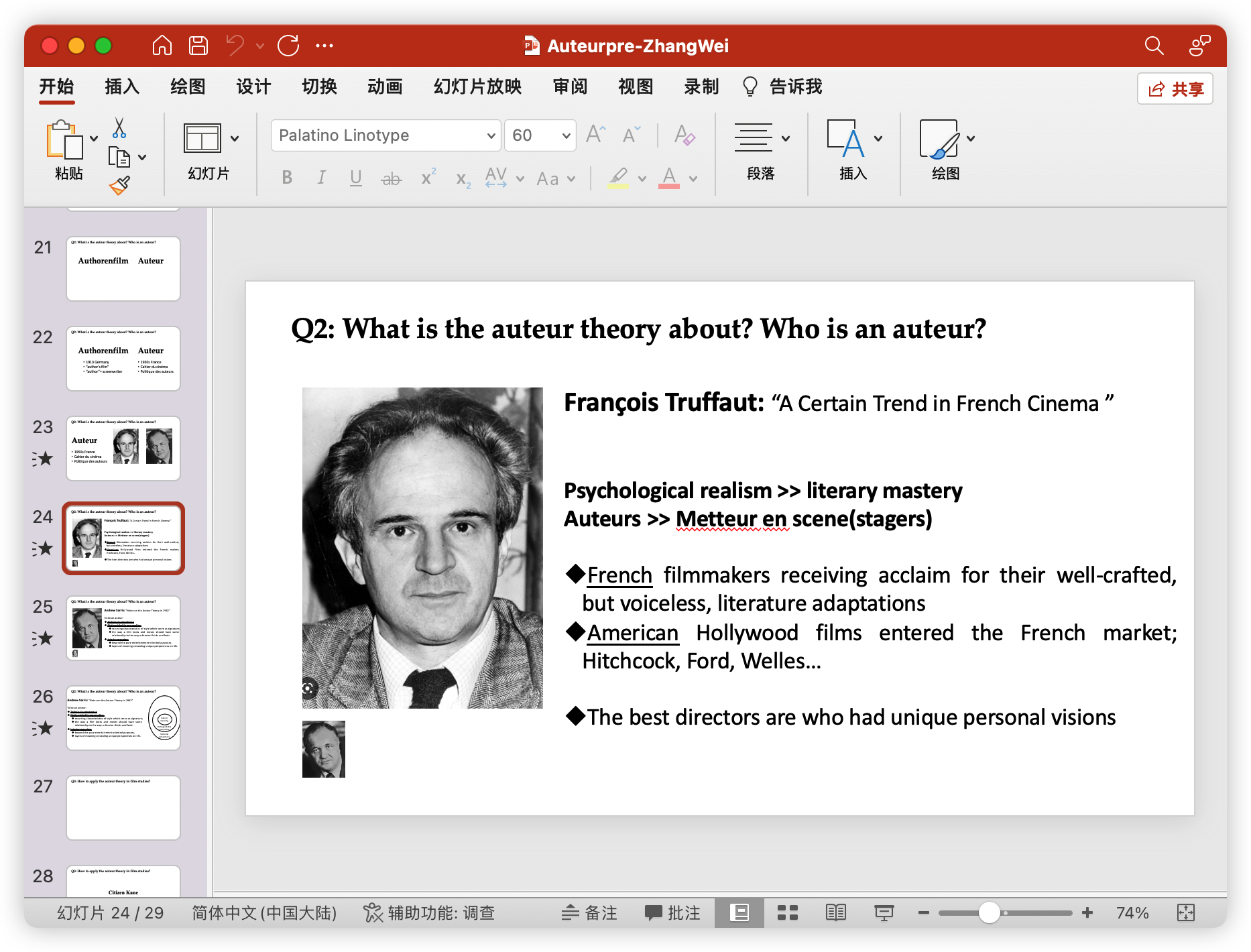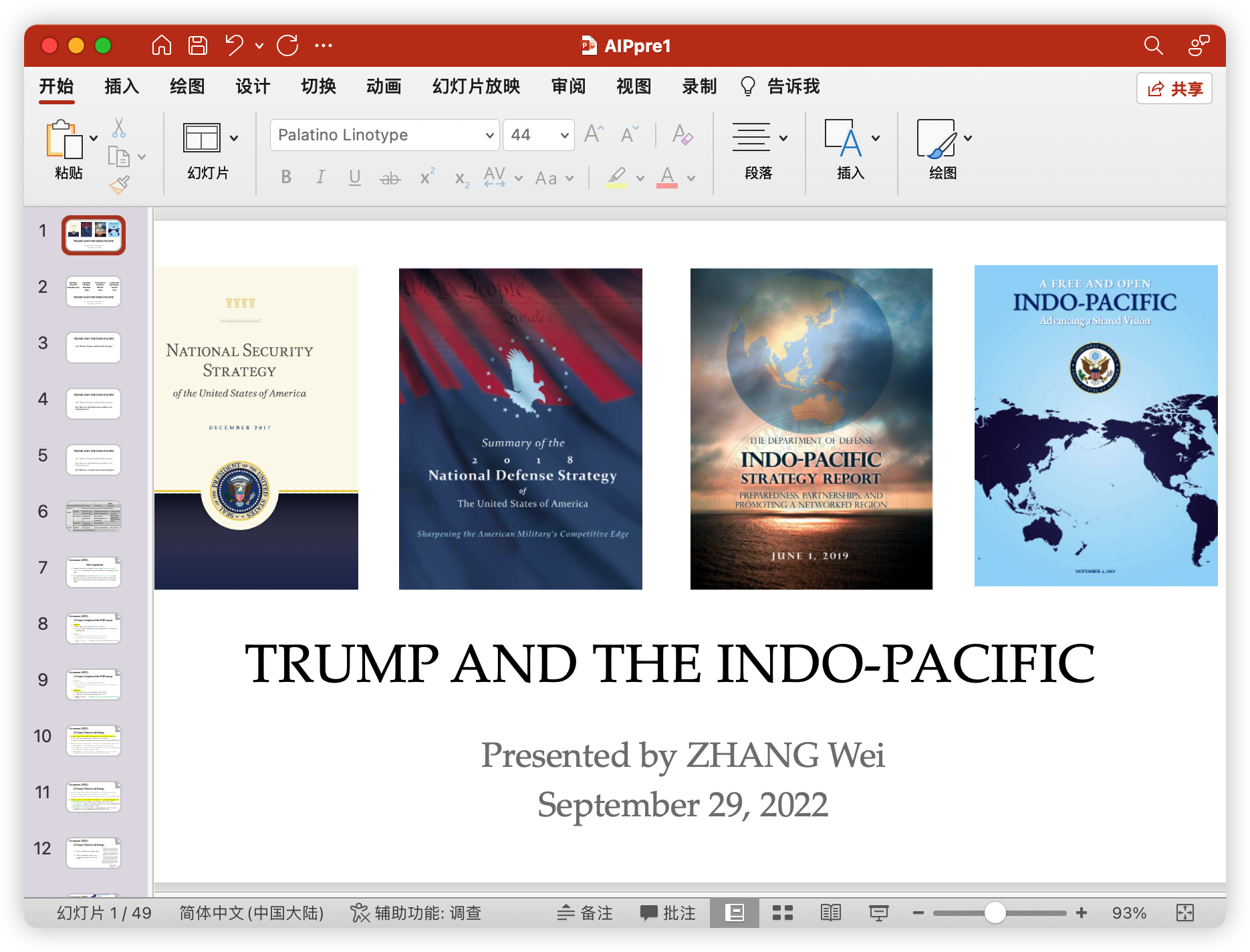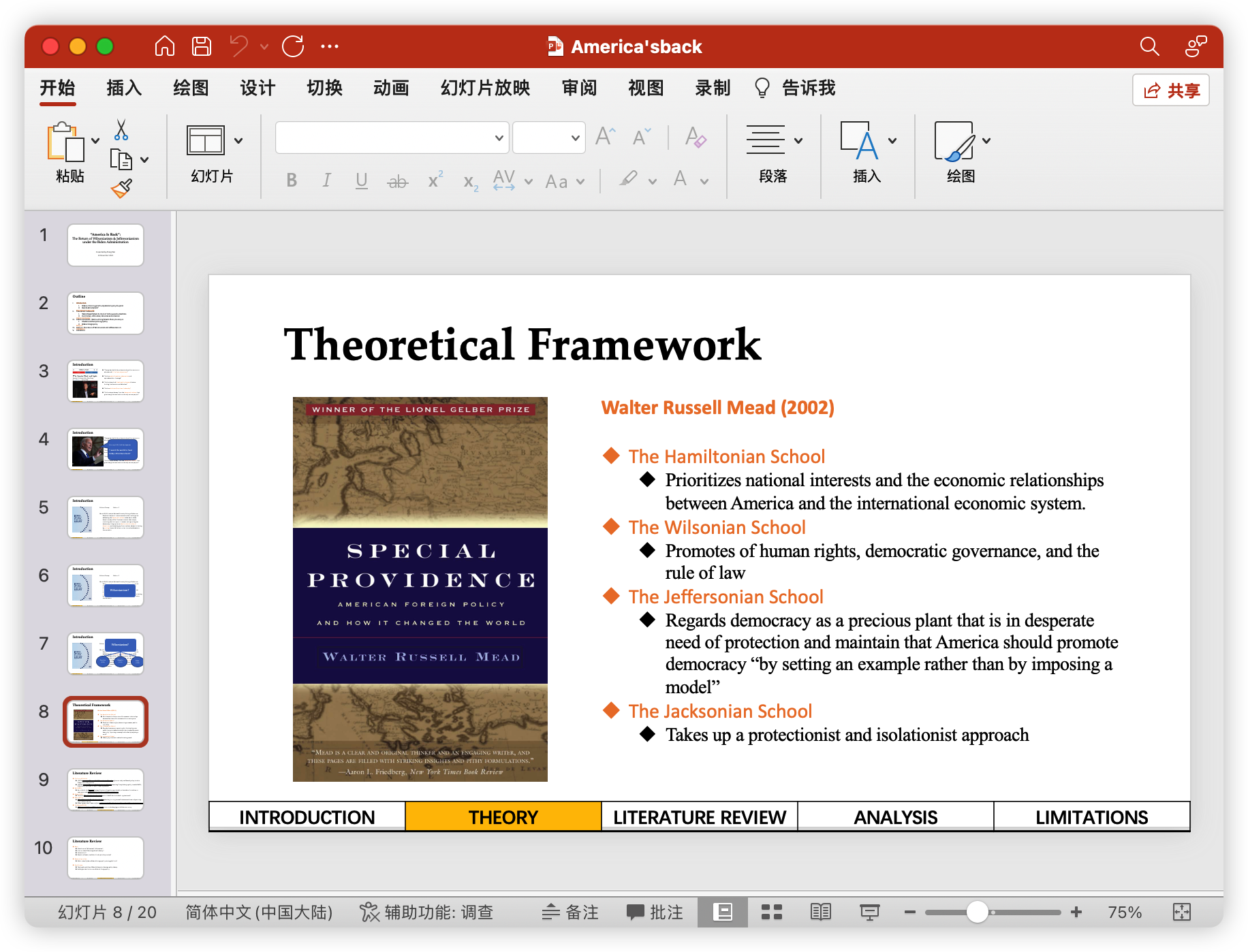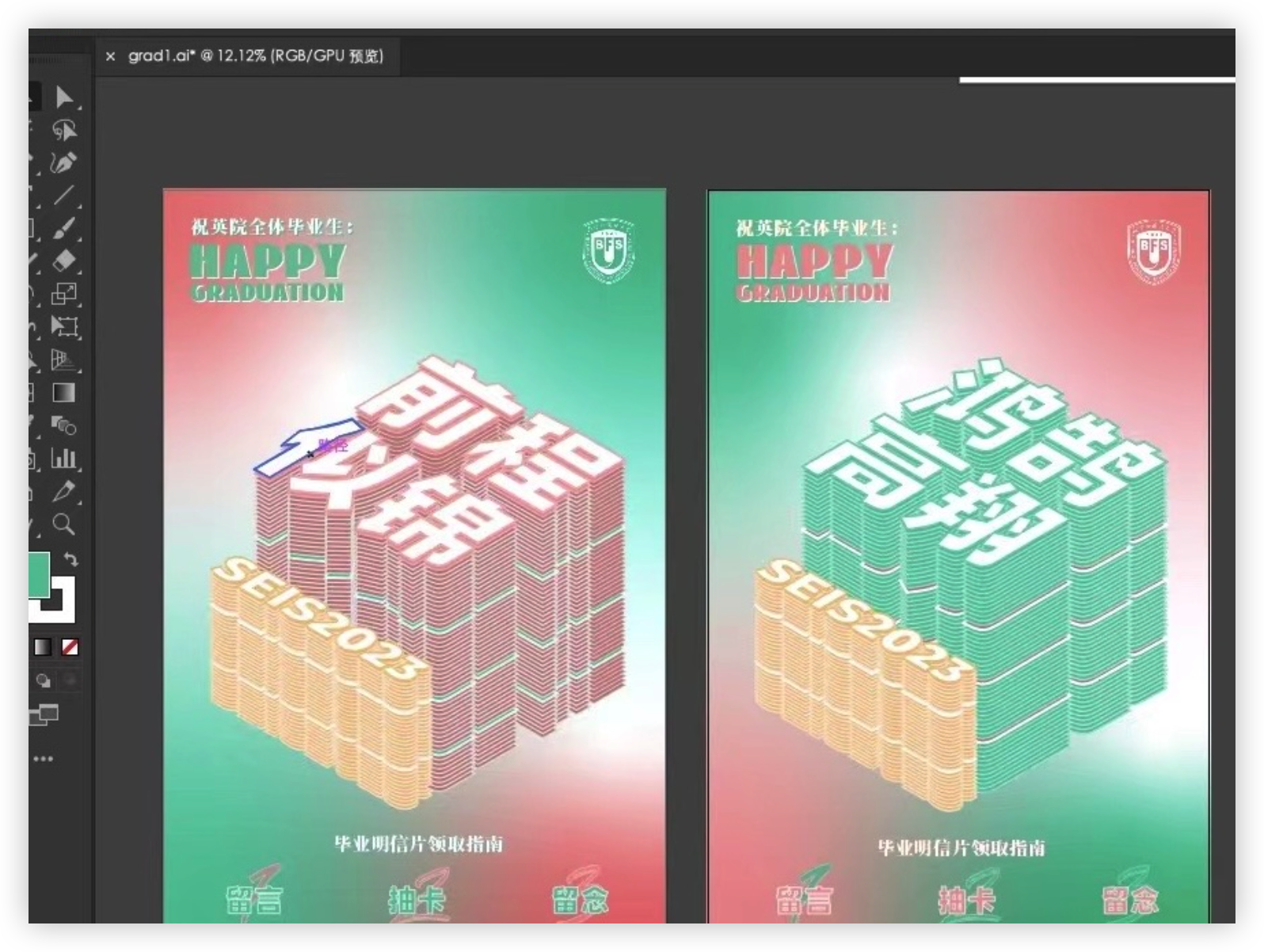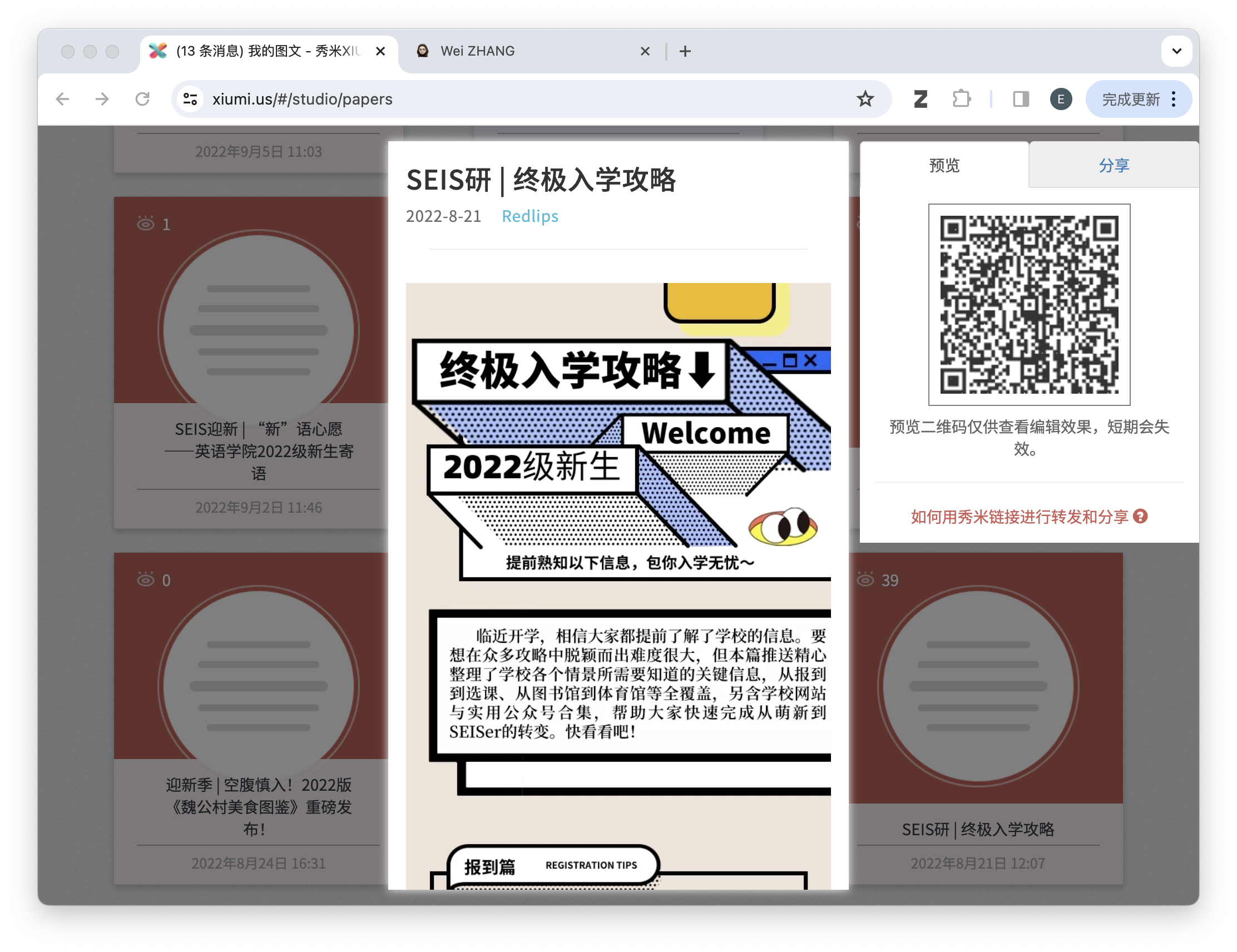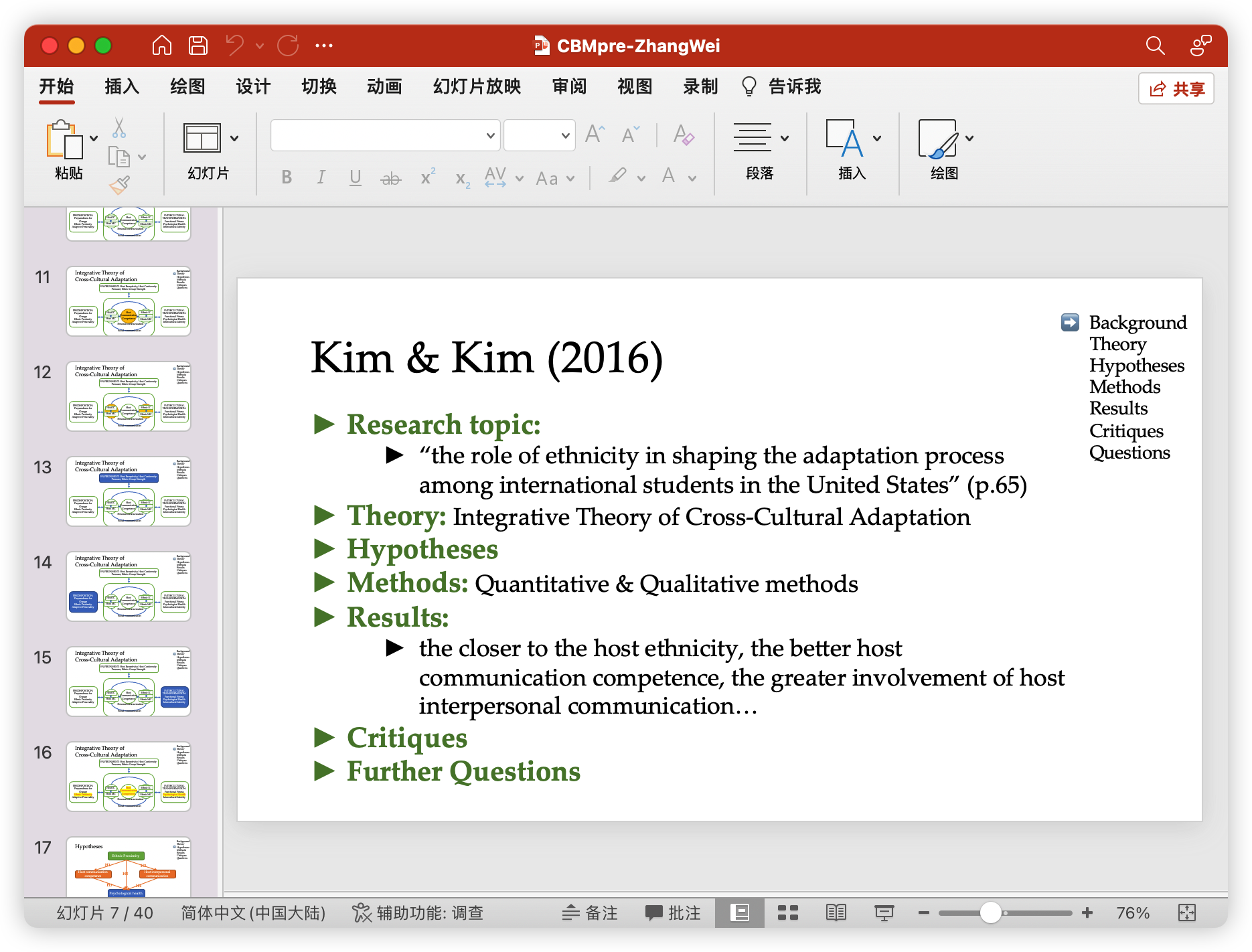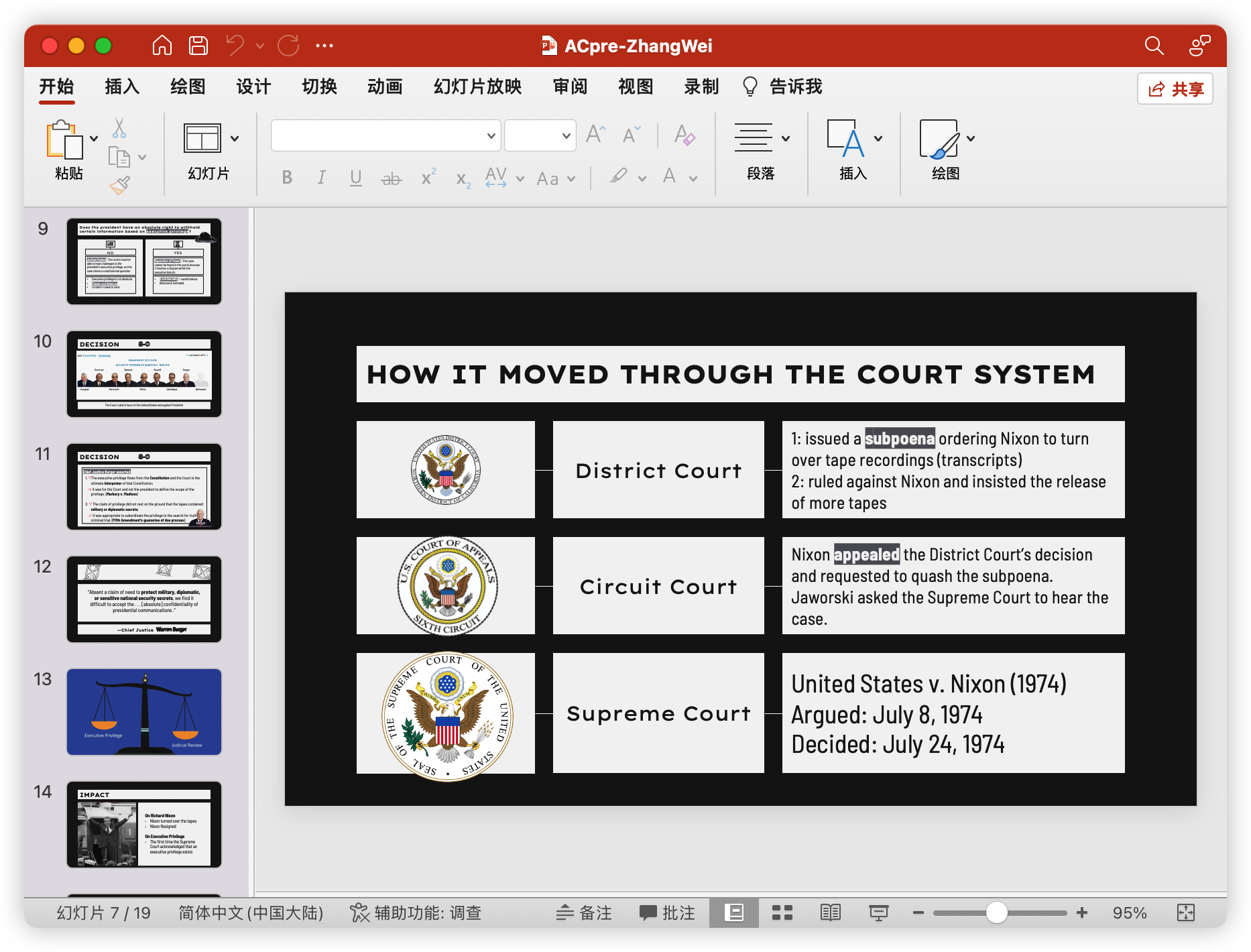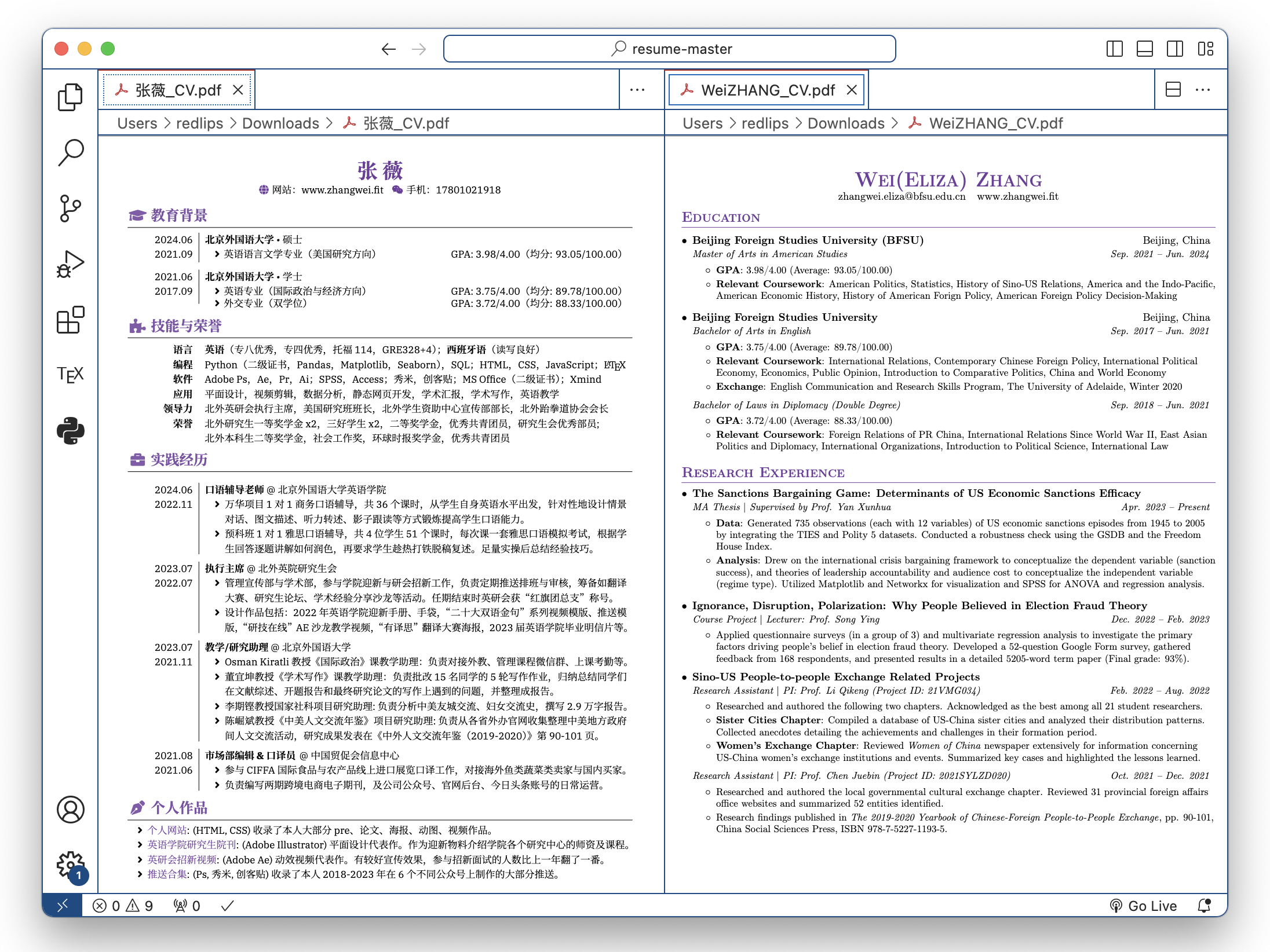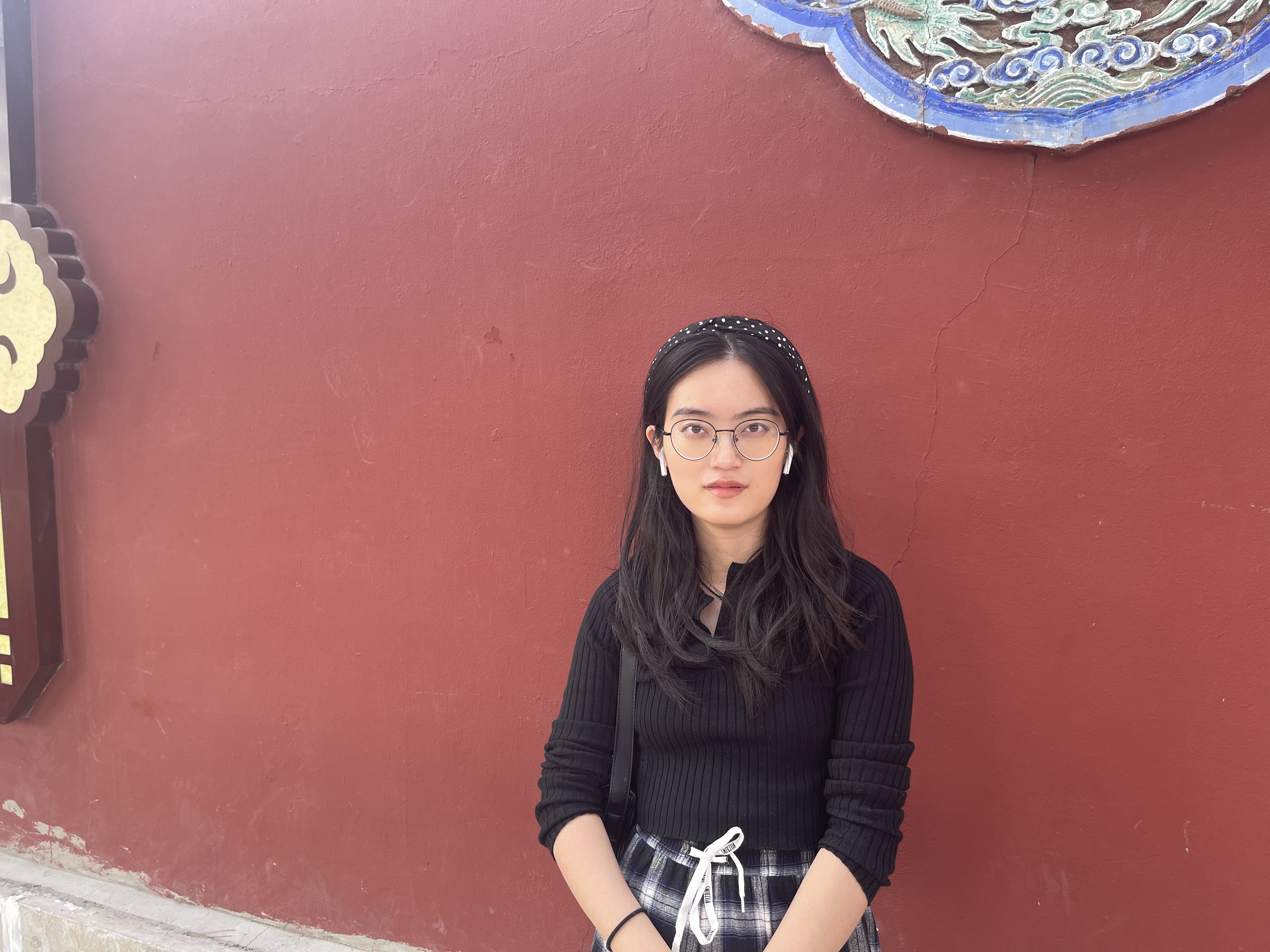March 13, 2022
History of Sino-US Relations
Response Essay
1452 words
February 2022 marks the 50th anniversary of US President Richard Nixon’s momentous visit to China that brought the two mutually isolated countries into a closer relationship and paved the way for normalization and cooperation later on. In a recent webinar held by US-China Education Trust (USCET), members of Nixon’s delegation Nicholas Platt and Chas Freeman, and founding president of USCET Julia Chang Bloch, shed light on this historic event, and all enriched our understanding of it with their personal experiences and insightful opinions. That said, this essay first summarizes the webinar and then gives a tentative commentary on Nixon’s visit from my own perspective.
Notably, there are two rounds of discussion in the webinar: one concerns the trip itself and the negotiation of the ensuing Shanghai Communique; the other deals with the implication of the trip on present-day US-China relations. In the first round, Freeman mainly addresses the reasons for Nixon to embark on such an unprecedented trip. Based on his experience in drafting 47% of the documents delivered directly to Nixon, Freeman believes that geopolitical concerns outweigh the economic and cultural reasons, i.e., to gain more leverage over US relations with the Soviet Union. Moreover, citing the content of talks between both sides over issues they disagreed about, including DPRK, Hanoi, and Pakistan, Freeman shows that geopolitical concerns were never far from these leaders’ minds. Trade relations and cultural exchange, according to him, were only an afterthought.
Platt goes into greater depth on the many occurrences during the trip. He recalls the moment when President Nixon was about to come down the plane and everyone else worrying about whether heads of both countries would shake hands together, which reminds us once again how turbulent the Sino-US relationship back then was. The pleasant handshake that followed between Nixon and Premier Zhou Enlai provided comfort and confidence to people on both sides, allowing them to proceed with further negotiations. Platt introduces that there were three sets of talk: first, Premier Zhou and President Nixon talking about the global situations; second, Secretary William Rogers and Foreign Minister Ji Pengfei talking about trade relations, legal issues, and cultural exchange; third, Henry Kissinger and Qiao Guanhua talking about the structure of the communique. Each day before and after the talks, there were telegenic events involving Nixon visiting places of interest of China in the morning, and gymnasts from both sides competing with each other in the evening.
The second round of discussion centers on the results of Nixon’s trip to China. One immediate result, as Freeman puts it, was that the trip set in motion the establishment of liaison offices in Beijing and in Washington. Freeman believes it important because both sides had succession crisis later on and institutionalizing the relationship helped the achievements of this trip to survive intact. Platt agrees with Freeman on the importance of setting up liaison offices. He adds that liaison offices also provided the infrastructure or gave the permission for people-to-people contacts to begin: Following this, citizens from both countries got intrigued about one another, and many started to develop personal links with people on the other side. Platt contends, however, that it is the “nuts and bolts issues” (trade, travel, culture) that matter at the end of the day, not the triangular diplomacy (geopolitics) as many may assume. Half a century later, the cultural exchange between US and China (Philadelphia orchestra) is still going on, yet application of triangular diplomacy is nowhere to be found.
Bloch addresses the implication of Nixon’s visit from a Chinese American perspective. She remembered back then how the television images of Nixon in China amazed her and her family, and for the first time since they immigrated to the US, they saw China again, which aroused immense longing for them to go back some day. Bloch believes TV allowed Americans to see China as it really was, and turned the politically defined enemies into human beings. The value of Nixon’s visit therefore went beyond geopolitics. On the other hand, she maintains that the trip divided the Chinese-American community, as those who identified more with Taiwan felt they were betrayed by the Nixon administration. But even for this group of people, Bloch argues, the trip did evoke happy memories of them back in China.
Overall, speakers in this webinar agree that Nixon’s visit to China pushed Sino-US relations to proceed in a positive direction, but disagree on which reason. The trip was indeed a bold move to make, given the tense global Cold War situation and lack of previous connection between US and China back then. Fifty years later, Sino-US relations seem to have reached another crossroads. Therefore, one may start to envisage a similar approach taken by today leaders of both governments to break the ice again. To analogize these two scenarios, it is important to first ponder over questions such as what role leadership played therein, what is the status of Shanghai Communique, how the balance between differences and common ground was achieved, whether engagement or high-level dialogue can still be an efficient diplomatic instrument, and whether there are generational changes concerning views towards Sino-US relations. I would like to share some of my own views on Nixon’s visit and Sino-US relations.
First of all, I agree with Platt and Bloch that cultural and people-to-people level of factors take precedence in this day and age over geopolitical and government-to-government ones. For one thing, with easy access to global information provided by the Internet, people no longer depend on the government to have their own perception of the opposite side. In turn, bottom level exchanges exert greater influence on political leaders, since leaders depend on their constituents to win reelections. Public opinion in information age has also become increasingly powerful and unable to neglect. Proposing a similar bold move as Nixon’s visit to China would be a risk that is not worth taking. For another, whatever the circumstances, it is always politicians laying out blueprints and individual citizens, at the end of the day, carrying out the blueprints and turn them into tangible reality. Hence, I believe the key for Sino-US relations to reach a rapprochement lies in the attitudes that two countries’ citizens hold towards each other. However, for the time being xenophobia of both sides poses a potential threat, which can be easily detected through “a new cold war”, “China threat”, “trade war”, “American hegemony” narratives.
Second, I believe engagement and dialogue could be the most valuable lesson we can draw from Nixon’s visit to China. As Bloch puts it, “human connection is the antidotes to war and aggression.” More often than not, conflicts between powers, like those between humans, arise due to a lack of communication. Freeman notes that great powers resorting to military forces instead of peaceful dialogue in dealing with others is to some extent due to their concerns about losing “military credibility”. He contends that there should be a notion of “diplomatic credibility” as well, and powers should pay equal attention to it. Nixon’s visit by all means sets a good example of uplifting America’s diplomatic credibility. As efficient a policy instrument as it may be, we should also note that, whether high-level dialogue will eventually take place or not, relies greatly on the leadership of both sides. To carry out successful and fruitful dialogues, we need strong leaders as well as “masterful technicians”.
Last but not least, Freeman is right in pointing out China shares with Russia the perception of US spreading sphere of influence through NATO, but I have reservations about his assumption that, if Russia succeeds in annexing Ukraine, it will then serve as a model for China to resolve the Taiwan issue. As far as I’m concerned, China (or PRC more precisely) in modern times scarcely resorted to military forces, and the previous Hong Kong and Macao cases are well indicative that resorting domestic disputes through innovative diplomatic means is very probable, not to mention China’s renowned commitment to be a responsible great power.
To conclude, the significance of the unprecedented visit has not diminished half a century later. “Seeking common ground while setting aside differences” is still an applicable principle guiding our diplomatic practices. Past experience is what gives us confidence and courage to confront present and future challenges. But again, in an information age, it is important to identify hard facts from fake news, and develop our own analysis based on logical reasoning; otherwise, we will be easily swayed by media framing.
Reference
USCET. Reflections on the 50th anniversary of Nixon's visit to China. https://youtu.be/AVDL3Q6Ip98
